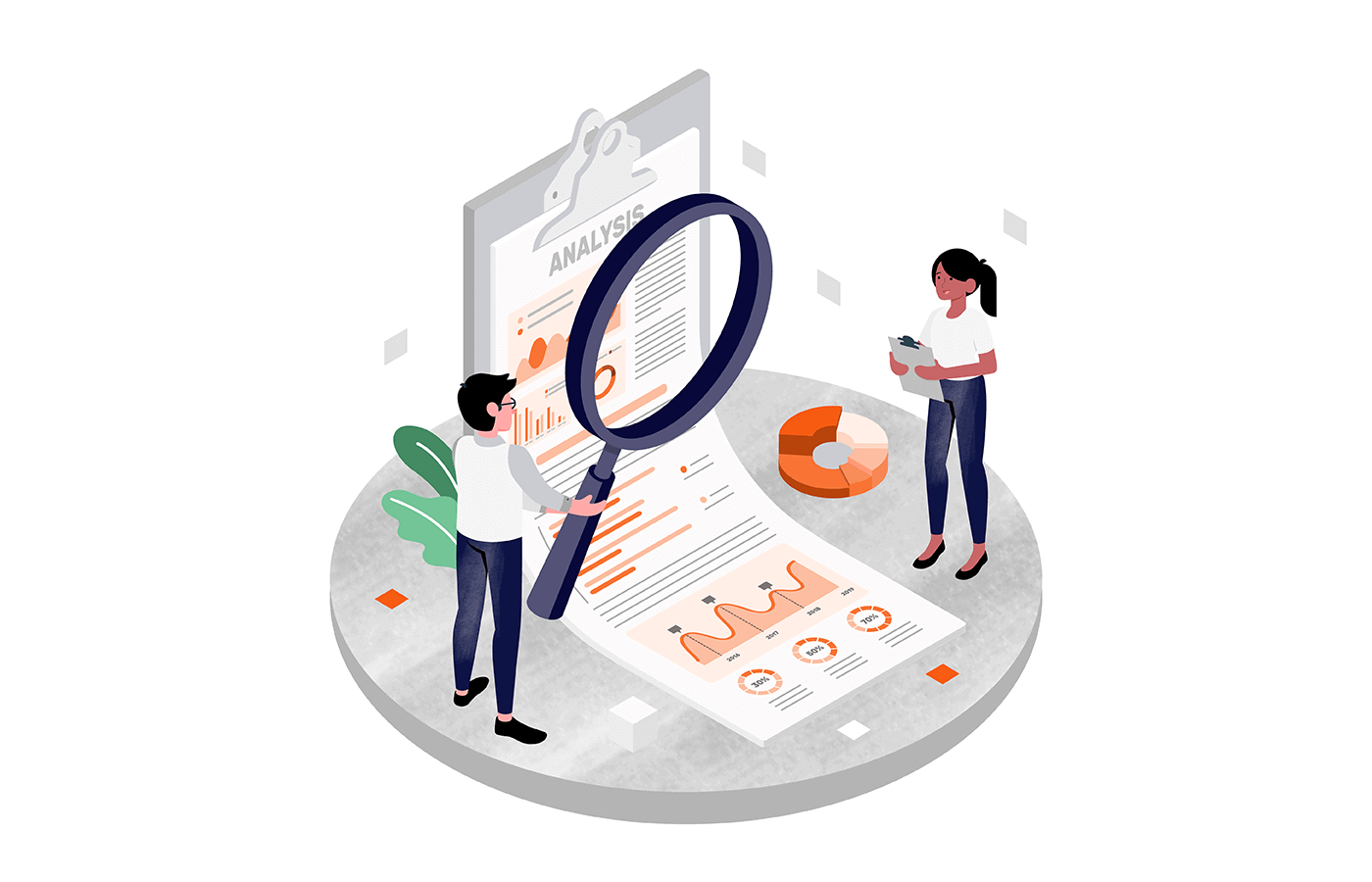Increase Performance and Productivity With Data Analytics
In today's data-driven landscape, businesses are increasingly acknowledging the critical role of data analytics in enhancing functional performance and profitability. By methodically analyzing data, organizations can discover essential understandings that educate calculated choices, streamline processes, and dressmaker client experiences.
Comprehending Data Analytics
In today's data-driven landscape, recognizing information analytics is essential for companies aiming to boost functional effectiveness and drive success. Data analytics involves the systematic computational analysis of information collections to discover patterns, connections, and insights that notify decision-making. By using different techniques, such as statistical analysis, artificial intelligence, and anticipating modeling, organizations can change raw information right into workable knowledge.
The process usually starts with data collection, where appropriate info is collected from multiple sources, including transactional data sources, consumer interactions, and market patterns. This data is after that cleaned and organized to guarantee precision and consistency. As soon as the information is prepared, logical tools and software program are made use of to check out and visualize the information, making it possible for stakeholders to recognize abnormalities and patterns.
Ultimately, comprehending data analytics encourages companies to make educated choices based on empirical proof as opposed to intuition. It facilitates targeted methods that can maximize source allowance, boost consumer fulfillment, and boost general efficiency. As services increasingly acknowledge the value of data-driven insights, a strong grip of information analytics comes to be a critical proficiency for leaders and teams alike, positioning them for continual success in a competitive setting.

Key Benefits for Services
Companies that leverage data analytics can open a wide variety of advantages that significantly enhance their procedures and success. Among the main advantages is improved decision-making. Information analytics offers actionable insights originated from real-time data, permitting organizations to make educated selections that straighten with market demands and customer choices.

In addition, information analytics cultivates enhanced consumer experiences. By comprehending consumer habits and preferences, businesses can customize their offerings, causing raised complete satisfaction and commitment. This tailored technique often leads to higher conversion prices and repeat service.
Moreover, information analytics enables organizations to determine arising opportunities and fads. By staying in advance of the curve, companies can maximize brand-new markets and developments before their competitors.
Applying Data-Driven Approaches
Successful implementation of data-driven methods requires an extensive understanding of both organizational goals and available data resources. Organizations must initially define their goals plainly, making certain alignment in between data initiatives and calculated aims. This clarity makes it possible for groups to focus on pertinent metrics and understandings that drive decision-making.
Premium information is necessary for precise analysis, as bad data can lead to illinformed strategies and lost resources - Analytics. Organizations needs to develop processes for information collection, visit their website cleaning, and administration to keep data integrity.
In addition, fostering a data-driven society is vital. Staff members whatsoever levels must be motivated to utilize information in their daily operations. Training workshops and programs can enhance data proficiency, empowering personnel to make enlightened choices based upon logical insights.
Tools and Technologies Review
A durable collection of modern technologies and devices is essential for companies intending to harness the complete capacity of information analytics. These devices assist in the collection, handling, and visualization of information, allowing services to acquire workable insights.
At the fundamental level, information monitoring platforms such as SQL databases and NoSQL systems offer effective data storage space and access capacities. For data handling and analysis, programming languages like Python and R, along with structures such as Apache Flicker, make it possible for complicated calculations and artificial intelligence click for more applications.
Visualization tools, including Tableau and Power BI, change raw data right into intuitive graphical formats, making insights obtainable to stakeholders in all levels. In addition, cloud-based platforms like Google Cloud and AWS provide scalable storage and handling options, accommodating the expanding volumes of data companies experience.
For sophisticated analytics, predictive modeling and AI-driven solutions are increasingly taken on, permitting firms to anticipate patterns and boost decision-making processes. Integrating these devices into existing process is paramount; companies that effectively leverage this modern technology can significantly enhance functional performance and drive productivity. Therefore, buying the right devices and innovations is a strategic vital for any kind of data-driven company.
Study of Success
Leveraging information analytics has actually led various organizations to achieve impressive renovations in effectiveness and success. One noteworthy situation is a large retail chain that executed anticipating analytics to enhance supply administration. By analyzing historic sales data and customer fads, the firm minimized excess article source stock by 30%, resulting in significant expense savings and improved cash money circulation.
One more example can be located in the production market, where a leading vehicle maker made use of information analytics to improve its manufacturing procedures. By keeping track of equipment efficiency in real-time, the organization determined bottlenecks and ineffectiveness, resulting in a 20% increase in total tools efficiency (OEE) This not only increased manufacturing prices however also minimized downtime and maintenance expenses.

These study show how information analytics can drive critical decision-making, enhance processes, and eventually boost both efficiency and earnings throughout numerous sectors.
Conclusion
In conclusion, the assimilation of data analytics into organization procedures provides substantial chances for boosting performance and earnings. By systematically assessing information, companies can recognize inefficiencies, optimize customer experiences, and make educated choices.
In today's data-driven landscape, understanding data analytics is crucial for organizations intending to boost functional effectiveness and drive productivity. Information analytics involves the methodical computational analysis of information collections to reveal patterns, connections, and insights that educate decision-making. Information analytics supplies actionable understandings derived from real-time information, enabling companies to make enlightened options that straighten with market needs and customer choices.
Top notch data is vital for accurate analysis, as poor information can lead to misdirected approaches and wasted resources. Organizations needs to establish procedures for data collection, cleansing, and monitoring to maintain data stability.